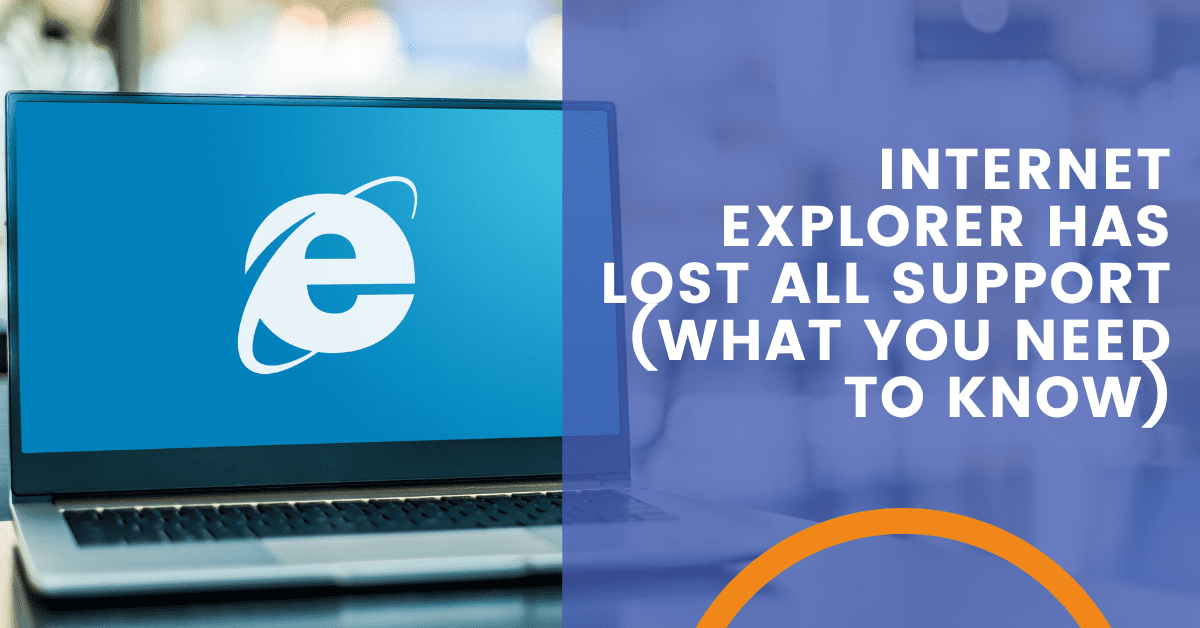
5 IT Budget Considerations When Planning to Replace Your Technology
The primary goal of a technology replacement plan is to ensure core technology is always available to meet the demands of your organization’s IT infrastructure and support operational needs on a regular and systematic cycle. Successful planning of a reliable IT budget should start at least six months before it is necessary to begin spending.
It’s important to consider long-term business needs as identified by department leaders when strategizing your technology replacement plan. Ideally, senior leadership will sit down with your internal IT department or managed IT services provider and map out what is to be accomplished through technology in the next one to five years. When considering the cost of your organization’s technology, it is important to consider the lifecycle of your equipment so that it is possible to not only budget for the purchasing price of the technology, but also its support costs.
How to Budget With a Technology Replacement Plan in 5 Key Steps
Let’s take a look at five strategic categories IT budgets across all industries should consider in their technology replacement plan:
1. Consider Support and Maintenance
Support costs are all costs related to the support and maintenance of your IT environment, network and infrastructure. These are the ongoing expenses required to maintain your current environment and provide adequate user support. Types of support include, but are not limited to:
- Tech guidance and expertise.
- Cloud computing.
- Hardware as a service.
- VPN management and remote worker support.
- Comprehensive endpoint management.
- Around the clock, comprehensive IT support.
- Cyber security and data protection.
Hiring an external IT consulting team can help your business achieve the goals that really matter by working alongside your internal tech team or by serving as a fully outsourced team of experts for all your IT needs.
2. Track Technology Replacement Lifecycle
All good things must come to an end. The technology that you use in your organization is going to work exactly as expected for as long as expected. Recent tech articles will inform you that every piece of technical infrastructure you have will slowly start to deteriorate over time. Many manufacturers run “burn-in” tests that are conducted to ensure that a device or system functions properly before it leaves the manufacturing plant or may be part of a repair or maintenance routine. Generally, there are little to no problems detected for a long time after burn-in, but eventually there will be a need for repair or replacement.
Think of your old computers: Even if they’re still operating fast enough for their users, that doesn’t mean they’re operating at capacity or industry standard. Technology is always evolving and in this era of digital transformation, even if your hardware doesn’t fully break down to the point of repair, it will eventually need to be replaced in order to remain up to date.
3. Taken Into Account Capacity Management
Even with careful capacity planning, it may be necessary to replace some devices on a cycle of three years or less. Using the previous example of old computers, the amount of capacity they consume – whether it’s network speed, hard disk space or processing speed – may be doubling or better every year for your organization. What were once considered “new” server drives are now filled to capacity before the computers reach the end of their lifecycle, or maybe the network switch is no longer fast enough to serve all of these workstations.
In the world of technology, it is more likely the capacity of a device will be maximized before its lifecycle has been met or exceeded. Being prepared to replace technology before it reaches the end of its lifecycle is a critical piece to IT budgeting.
4. Plan for IT Projects
A good technology replacement plan considers any projects planned for the coming year, including any infrastructure updates or migrations like a transition to cloud computing, full workstation or server replacements and other one-time adjustments to your environment that don’t occur annually. Industry standards suggest that computers and laptops should be replaced every three years and that servers should be replaced about every five years. All strategic initiatives should be included in this section. Make sure that you include labor estimates in your technology replacement plan as well.
5. Remember Emergency Preparedness
The key to a well-formed technology replacement plan and IT budget is planning for unforeseen events and capacity growth. Most organizations have enough data to make educated guesses about when technologies will need to be replaced. The dollars and cents of this estimate is a relatively simple equation and generally calculates the cost of support against the cost of acquisition. It is safe to estimate spending one month’s worth of your organization’s IT support and maintenance costs in the instance of an emergency. When in doubt, defer to the expertise of your managed IT services provider in this instance.
Do You Need Help With Budget and Technology Spending?
If your tech team is experiencing burnout around the same time as your technology, it may be in your best interest to partner with a technology provider that can take these hassles off your plate and plot out your technology replacement plan. At ArcLight, we understand the value of your time and your wallet. You need IT service that’s fast and skilled.
You deserve a reliable, respectful and knowledgeable partner in technology that can help adjust costs through strategic planning and budgeting. Contact us today to learn how your Tulsa-area business can eliminate IT issues before they cause expensive downtime.
Share the Knowledge
Managed Service Provider CHECKLIST
Land on the best IT solutions partner for your needs with this easy-to-follow, one-page download.










